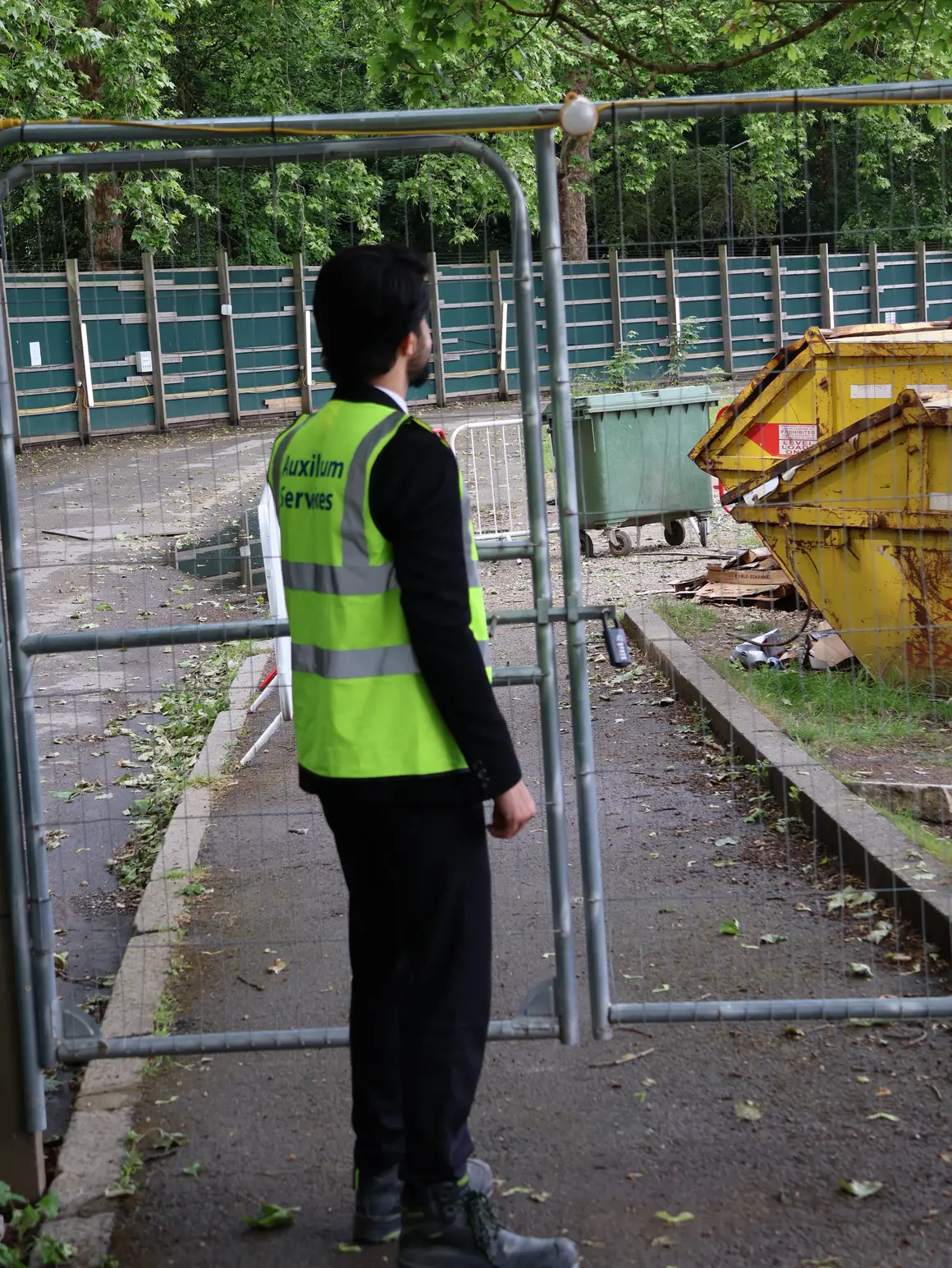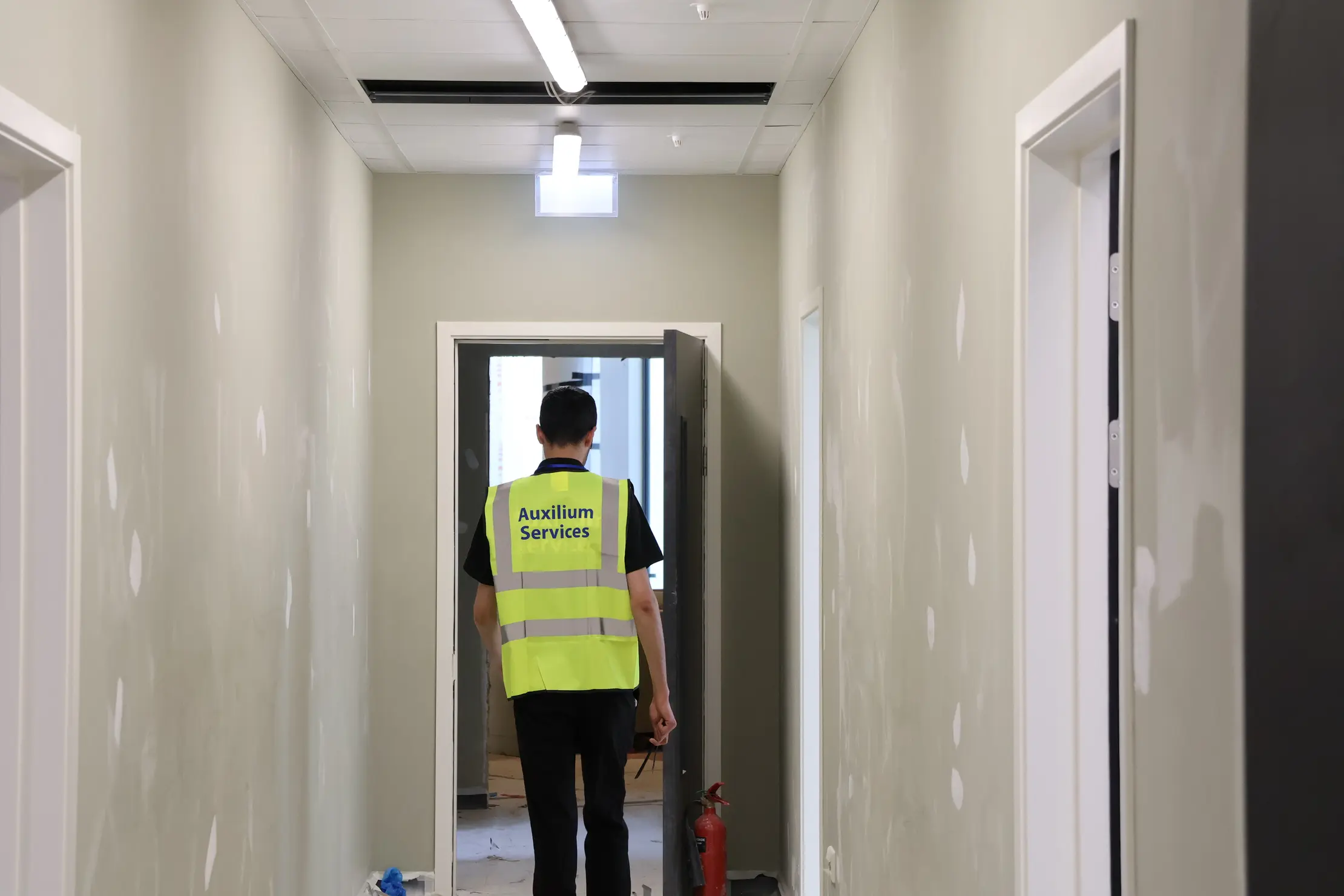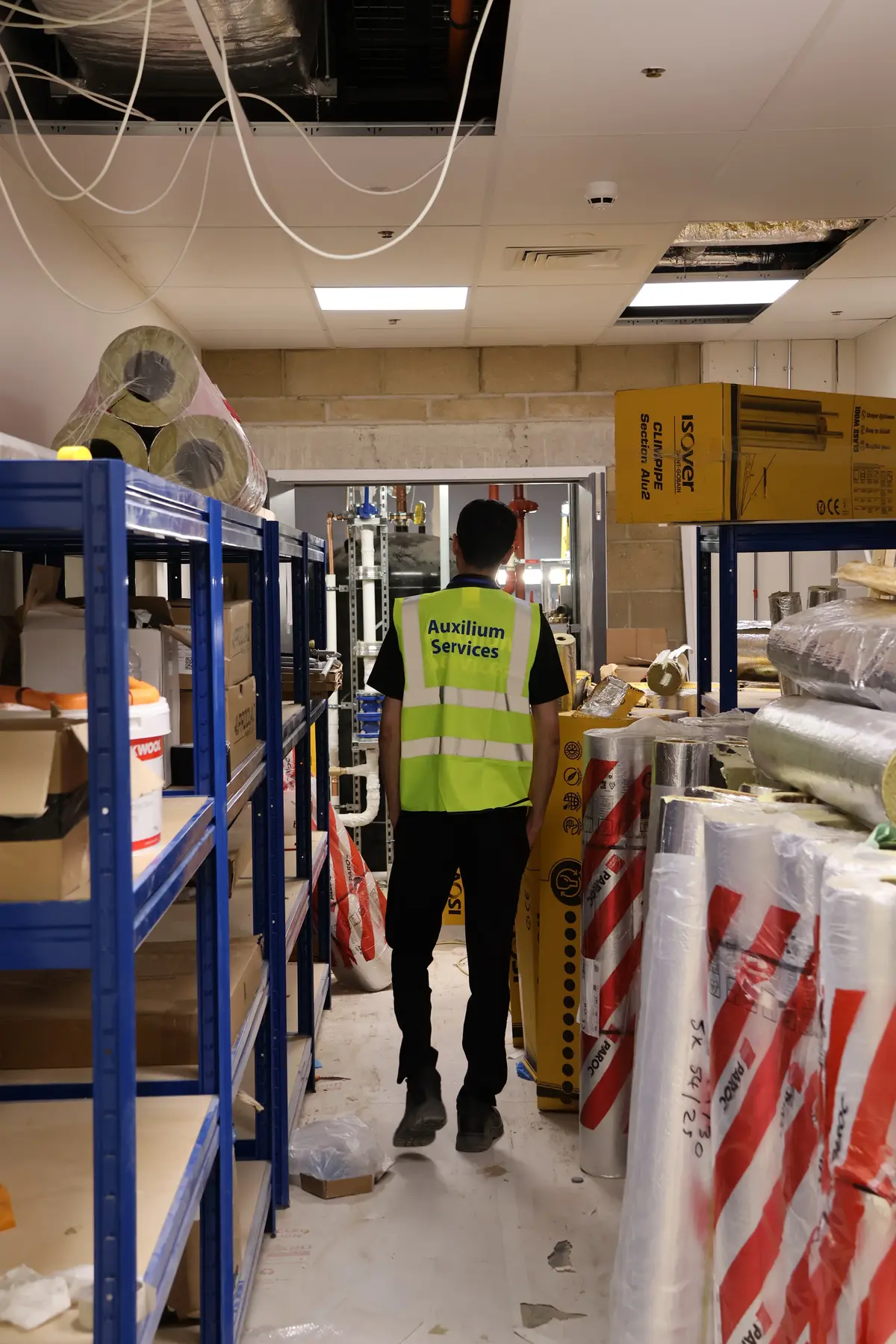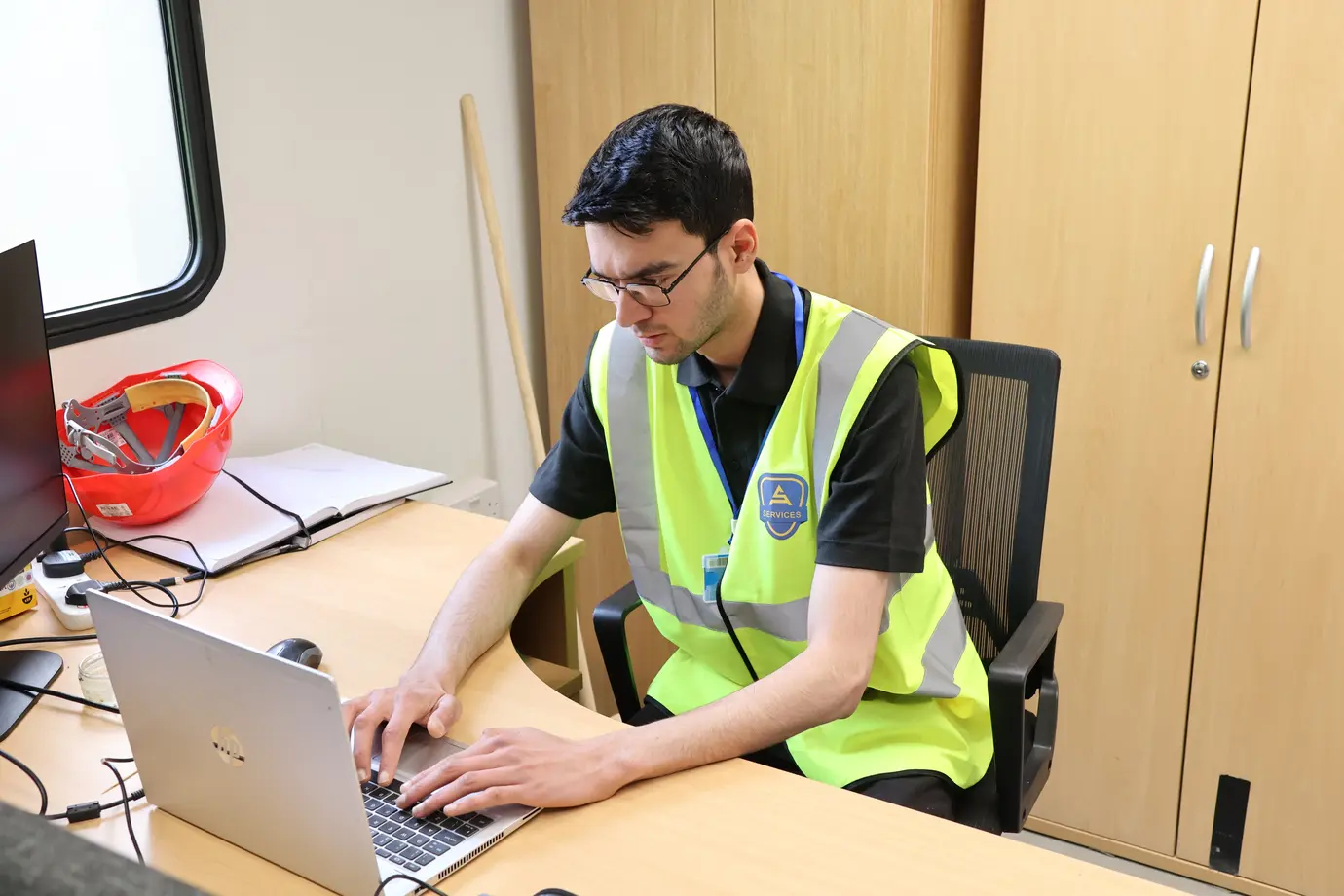Essential Security Measures for Effective Front of House Security in the UK
Access Control Systems
Access control systems are necessary for any premises to ensure security. They identify who should enter certain places and at what times, forming the first robust layer of defense against unauthorized entry.
CCTV Surveillance
Closed-circuit television (CCTV) systems are a vital component of modern security, ensuring real-time monitoring and recorded footage for post-incident analysis.
Key Features of Effective CCTV Systems
- High-resolution cameras: Capture clear, identifiable footage.
- Night vision capabilities: Enable surveillance in low-light conditions.
- Remote viewing: Allows access to live feeds and recordings via mobile devices or computers.
- Motion detection: Alerts security personnel to unusual activity.
Placement Considerations
Strategic placement of CCTV cameras is crucial for comprehensive coverage:
- Entrances and Exits
- Reception Areas
- Parking Lots
- High-Traffic Corridors
- Restricted Areas
Alarm Systems
Alarm systems serve as essential deterrents and warning mechanisms in case of security breaches.
Comparison of Top-Rated Alarm Systems in the UK
Key Considerations for Alarm Systems
Security is an investment into your safety, but you still have to work within your budget.
- Monitoring Needs: Decide between self-monitoring or professional services.
- Integration: Ensure compatibility with other security measures.
- Scalability: Plan for future expansion as security needs grow.
Visitor Management Protocols
Effective Visitor Management
Managing visitor access efficiently is essential for maintaining security while ensuring a positive guest experience.
Key Components of Visitor Management
- Check-in Procedures: Implement a streamlined registration process.
- Badges: Issue temporary badges for clear visitor identification.
- Escort Policies: Define which areas require visitors to be escorted.
- Sign-out Procedures: Ensure all visitors are accounted for upon departure.
Technology in Visitor Management
Modern systems offer advanced features to enhance security and efficiency:
- Sign-in: Speeds up check-in and improves record-keeping.
- Pre-registration: Allows background checks and smoother arrivals.
- Automated Notifications: Alerts hosts when visitors arrive.
- Integration with Access Control: Grants temporary, limited access to visitors.
Emergency Response Procedures
Key Elements of Emergency Response
Emergency procedures must be well-defined to ensure the safety of all individuals on-site.
- Clear Communication Channels: Establish protocols for quick information dissemination.
- Role Assignments: Define responsibilities for security personnel and staff.
- Regular Drills: Conduct practice scenarios to maintain readiness.
Technology in Emergency Response
Leveraging technology enhances emergency preparedness and response:
- Notification Systems: Quickly alert all occupants of an emergency.
- Mobile Apps: Provide staff with instant access to emergency procedures and contacts.
- Smart Building Integration: Automates lockdowns, fire suppression, and evacuation guidance.
Integration of Security Measures
For maximum efficiency, security measures should be integrated into a single system.
Benefits of Integration
- Monitoring:
Enables security personnel to oversee all systems from a single control center. - Automated Responses:
Triggers specific actions based on security events (e.g., lockdowns initiated by alarm activation). - Data Analysis:
Identifies patterns and vulnerabilities through system-wide data analysis.
Example Integration Scenario
When an unauthorized access attempt is detected:
- CCTV system focuses on the relevant area.
- Security personnel are alerted via the visitor management system.
- Alarm system is activated if necessary.
- Emergency response procedures are triggered via mass notification.
By implementing these security measures and ensuring seamless integration, front of house security in UK venues can be significantly enhanced. This approach deters potential security threats and provides an effective incident response framework.
The next step is to focus on balancing security with customer experience, which will be discussed in the following section.

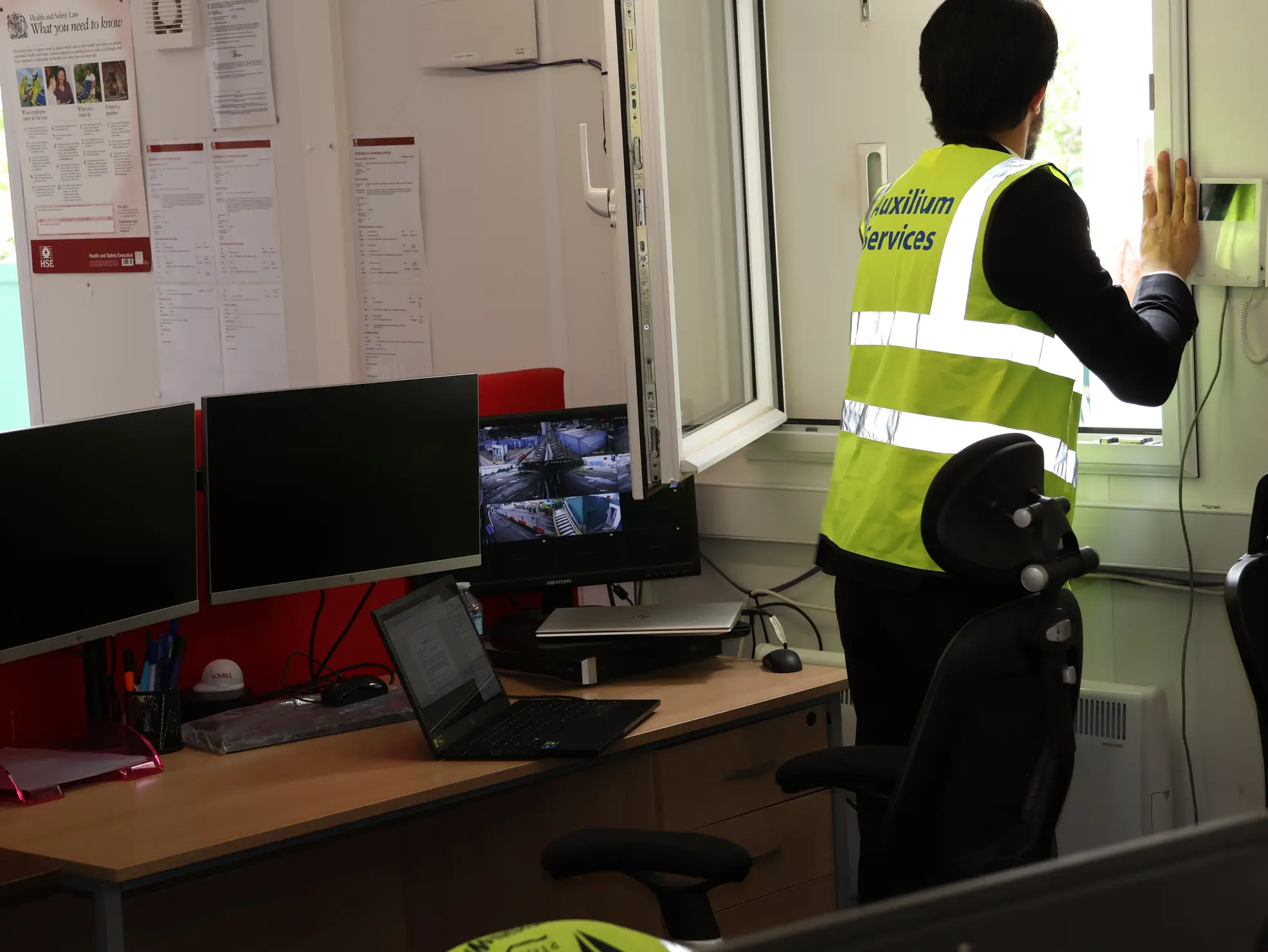

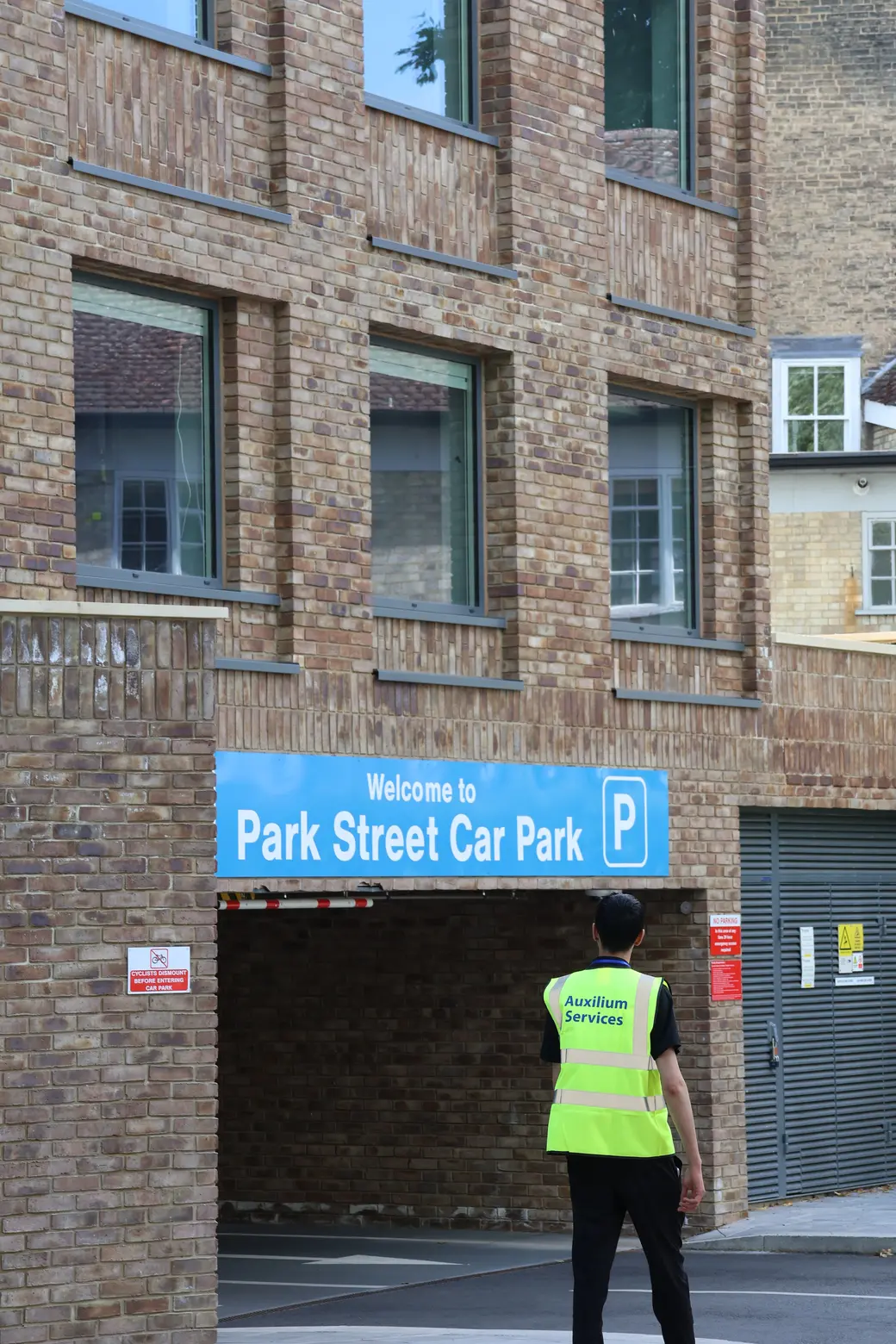
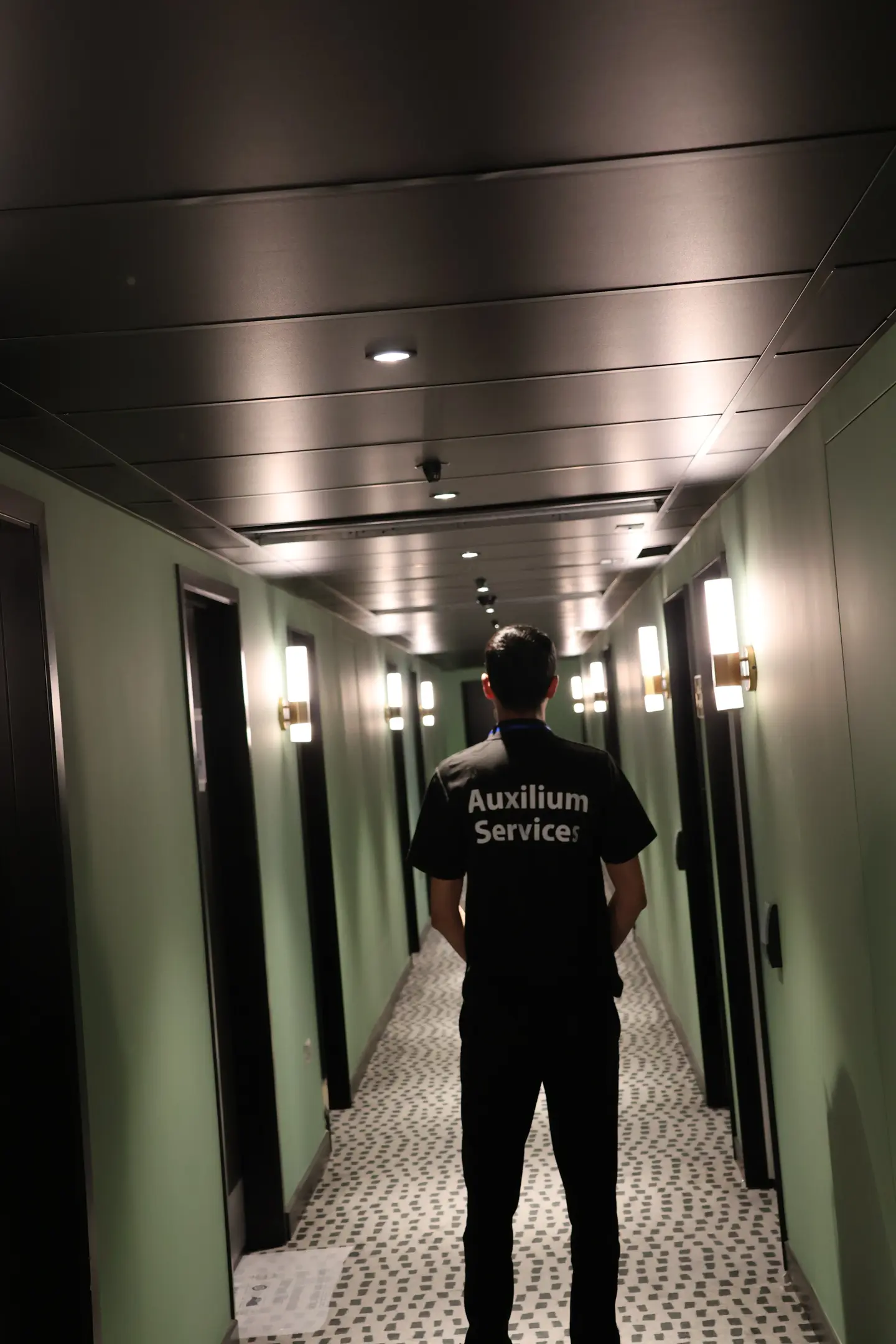
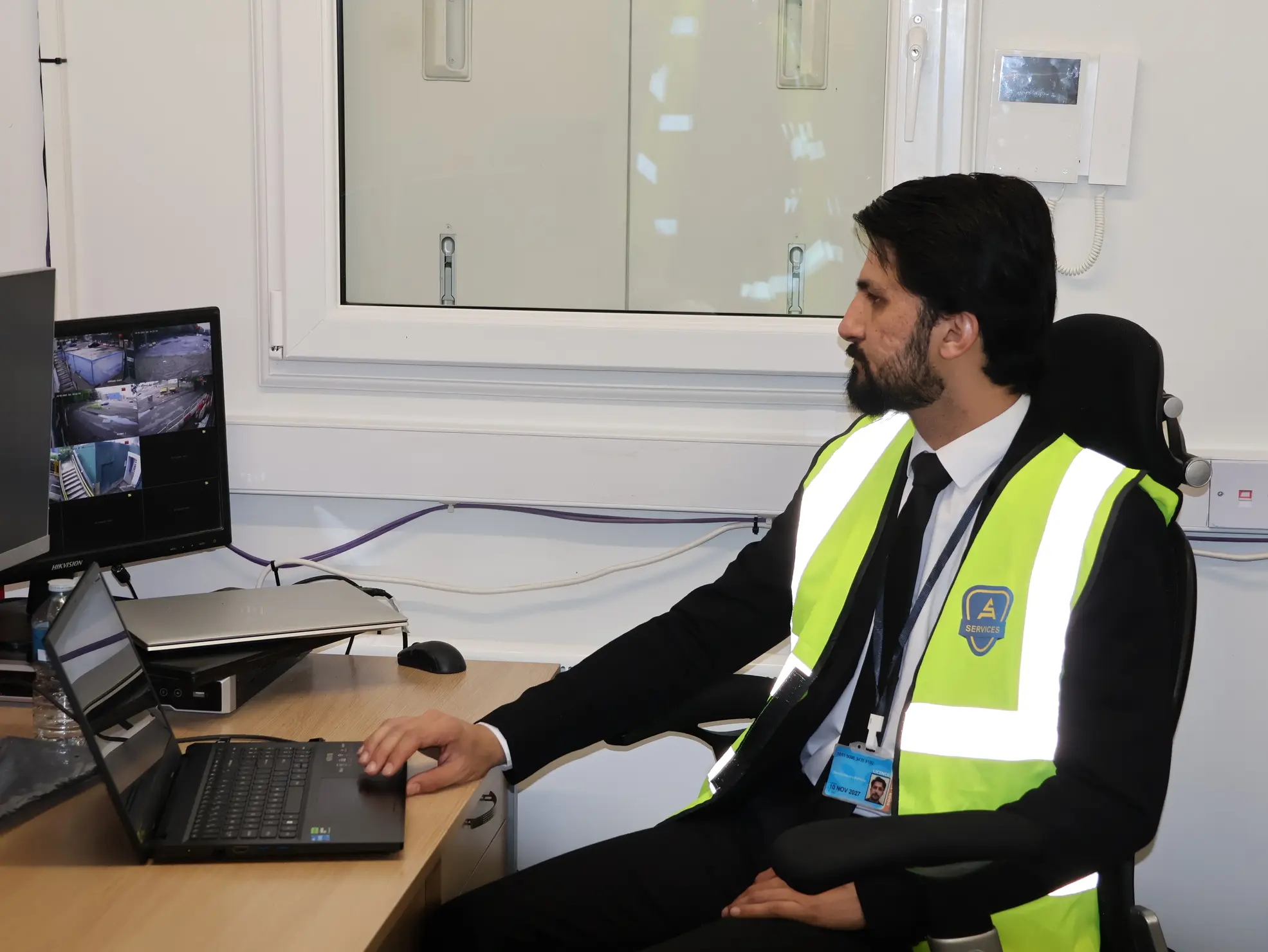
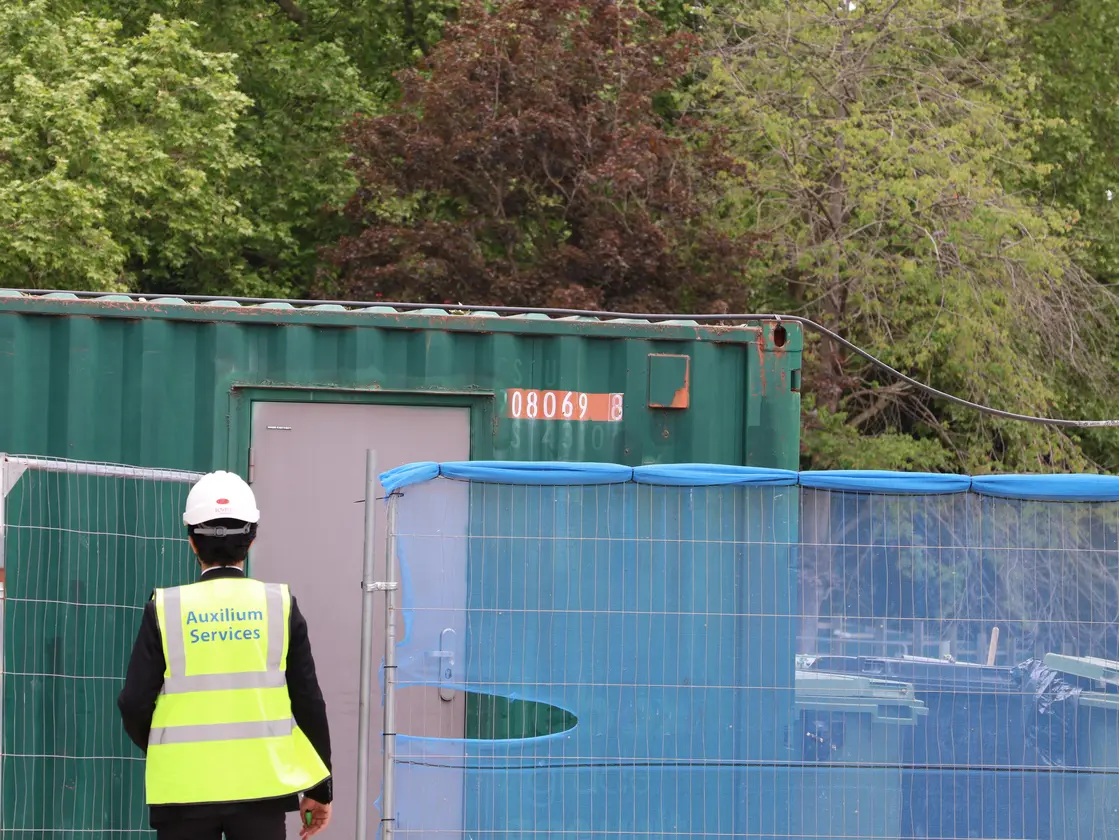

.webp)
